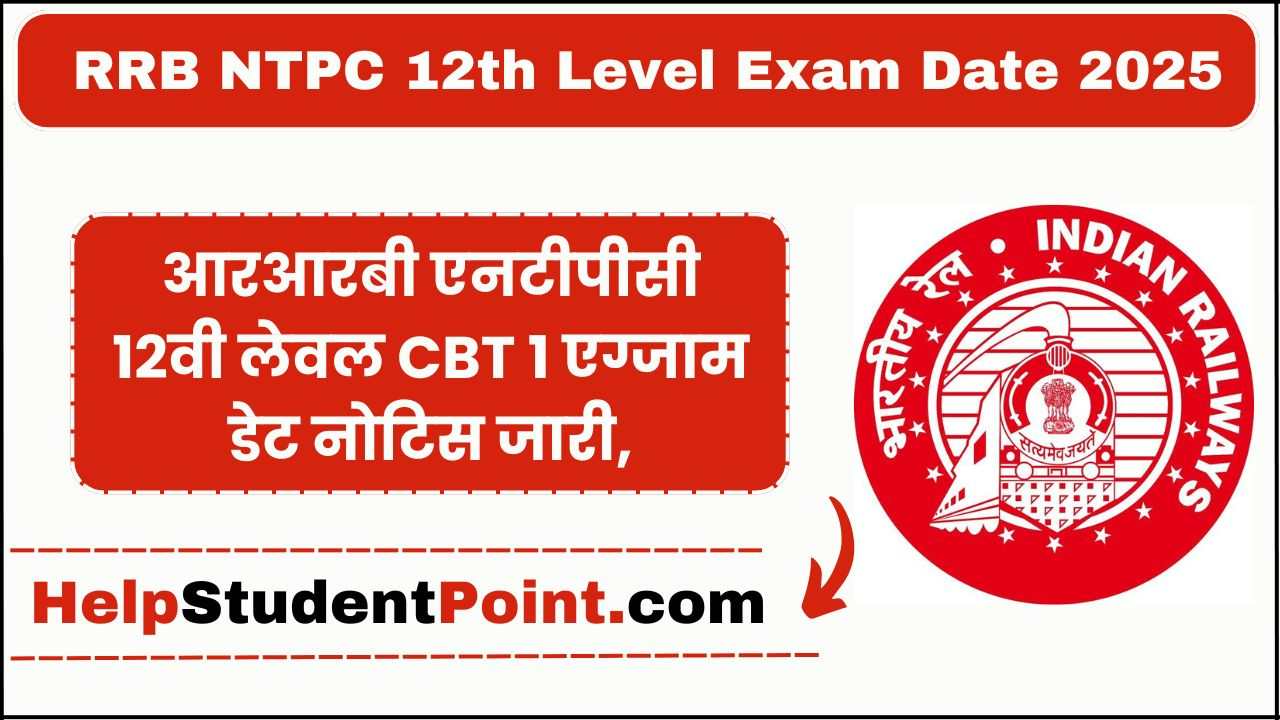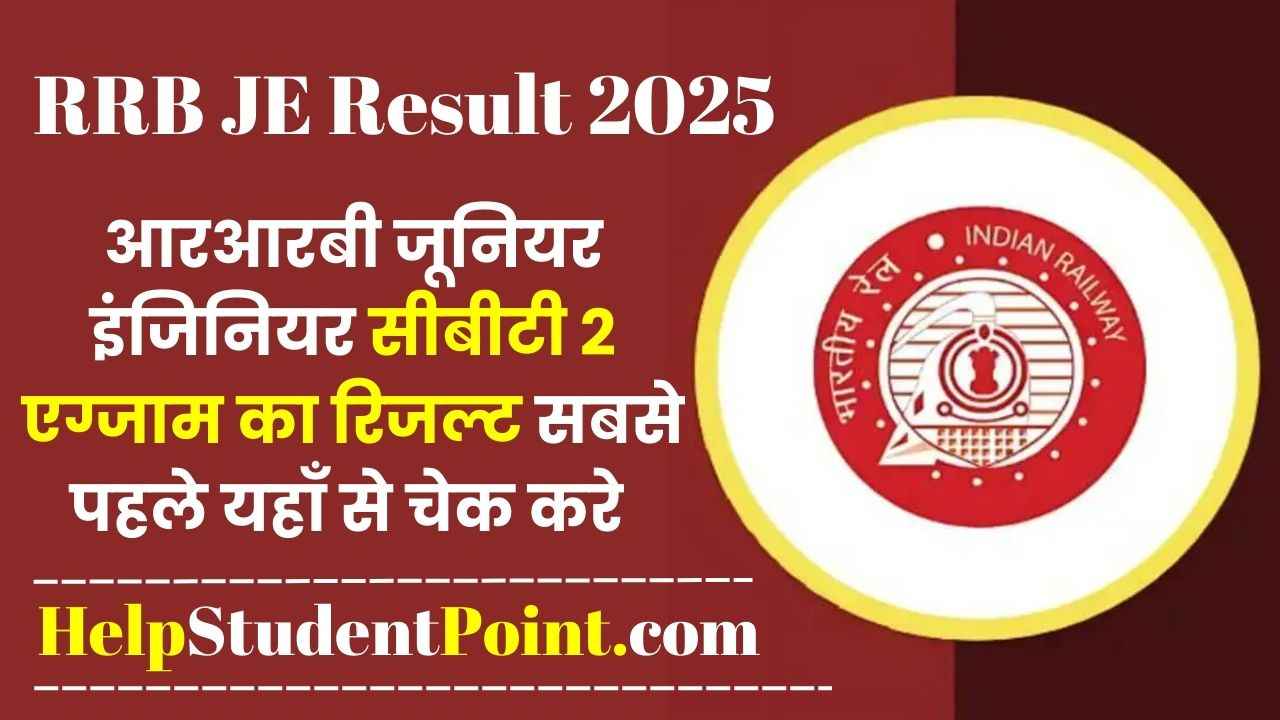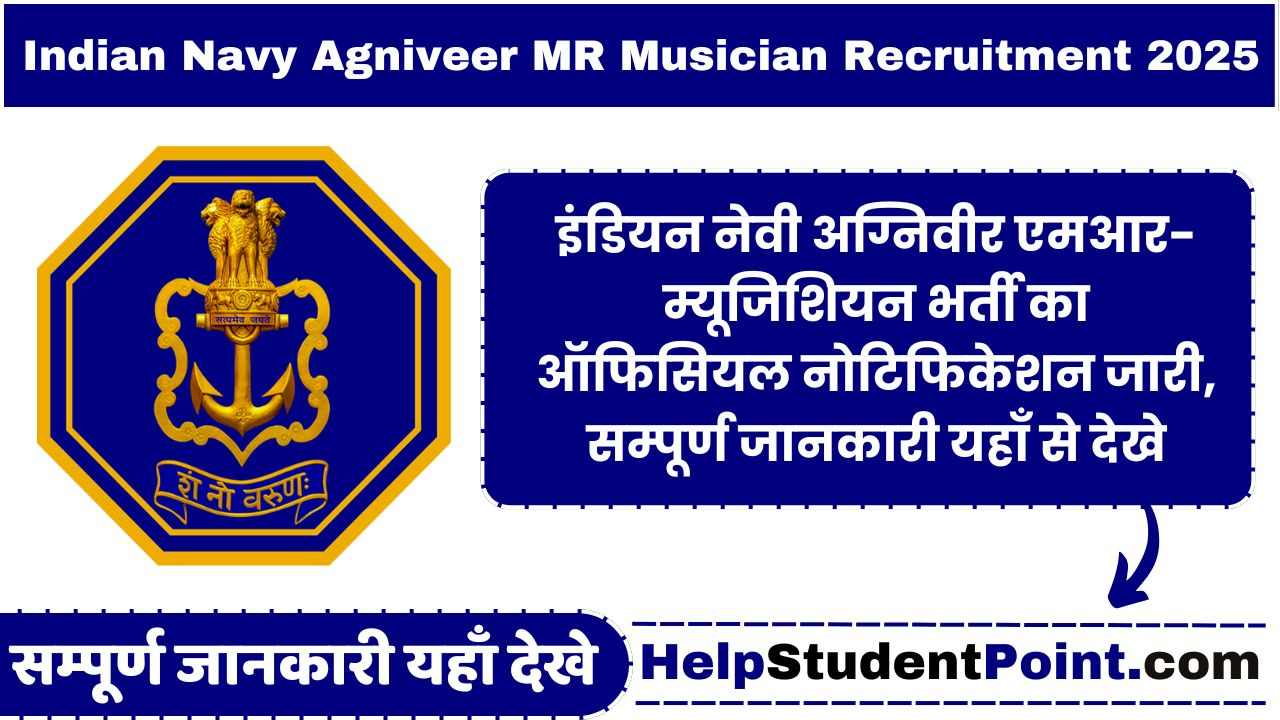- Non‐chordata and Chordata :
(a) Classification and relationship of various phyla up to subclasses: Acoelomate and
Coelomate, Protostomes and Deuterostomes, Bilateria and Radiata; Status of Protista,
Parazoa, Onychophora and Hemichordata; Symmetry.
(b) Protozoa: Locomotion, nutrition, reproduction, sex; General features and life history of
Paramaecium, Monocystis. Plasmodium and Leishmania.
(c) Porifera: Skeleton, canal system and reproduction.
(d) Cnidaria: Polymorphism, defensive structures and their mechanism; coral reefs and
their formation; metagenesis; general features and life history of Obelia and Aurelia.
(e) Platyhelminthes: Parasitic adaptation; general features and life history of Fasciola and
Taenia and their-Pathogenic symptoms.
(f) Nemathelminthes: General features, life history, parasitic adaptation of Ascaris
andWuchereria.
(g) Annelida: Coelom and metamerism; modes of life in polychaetes; general features and
life history of Nereis, earthworm and leach.
(h) Arthropoda: Larval forms and parasitism in Crustacea; vision and respiration in
arthropods (Prawn, cockroach and scorpion); modification of mouth, parts in insects
(cockroach, mosquito, housefly, honey bee and butterfly), metapmor phosis in insect and
its hormonal regulation, socialbehaviour ofApis and termites.
(i) Molluscs: Feeding, respiration, locomotion, general features and life history of
Lamellidens, Pila and Sepia. Torsion and detorsion in gastropods.
(j) Echinodermata: Feeding, respiration, locomotion, larval forms, general features and
life history of Asterias.
(k) Protochordata: Origin of chordates; general features and life history of Branchiostoma
and Herdmania.
(l) Pisces: Respiration, locomotion and migration.
(m) Amphibia: Origin of tetrapods, parental care, paedomorphosis.
(n) Reptilia; Origin of reptiles, skull types, status of Sphenodon and crocodiles.
(o) Aves: Origin of birds, flight adaptation, migration.
(p) Mammalia: Origin of mammals, dentition, general features of egg laying mammals,
pouchedmammals, aquatic mammals and primates, endocrine glands (pituitary, thyroid,
parathyroid, adrenal, pancreas, gonads) and their interrelationships.
(q) Comparative functional anatomy of various systems of vertebrates. (integument and
its derivatives, endoskeleton, locomotory organs, digestive system,. respiratory system,
circulatory system including heart and aortic arches, urinogenital system, brain and sense
organs (eye and ear).
- Ecology :
(a) Biosphere: concept of biosphere; biomes, Biogeochemical cycles, Human induced changes
in atmosphere including green house effect, ecological succession, biomes and ecotones,
community ecology.
(b) Concept of ecosystem; structure and function of ecosystem, types of ecosystem,
ecological succession, ecological adaptation.
(c) Population; characteristics, population dynamics, population stabilization.
(d) Biodiversity and diversity conservation of natural resources.
(e) Wildlife of India.
(f) Remote sensing for sustainable development.
(g) Environmental biodegradation; pollution and its impact on biosphere and its
prevention.
- Ethology :
(a) Behaviour: Sensory filtering, responsiveness, sign stimuli, learning, and memory, instinct,
habituation, conditioning, imprinting.
(b) Role of hormones in drive; role of pheromones in alarm spreading; crypsis, predator
detection, predator tactics, social hierarchies in primates, social organization in insects;
(c) Orientation, navigation, homing; biological rhythms: biological clock, tidal, seasonal and
circadian rhythms.
(d) Methods of studying animal behaviour including sexual conflict, selfishness, kinship and
altruism.
- Economic Zoology :
(a) Apiculture, sericulture, lac culture, carp culture, pearl culture, prawn culture,
vermiculture.
(b) Major infectious and communicable diseases (malaria, filaria, tuberculosis, cholera
and AIDS) their vectors, pathogens and prevention.
(c) Cattle and livestock diseases, their pathogen (helminths) and vectors (ticks, mites,
Tabanus, Stomoxys).
(d) Pests of sugar cane (Pyrilla perpusiella), oil seed (Achaeajanata) and rice (Sitophilus
oryzae).
(e) Transgenic animals.
(f) Medical biotechnology, human genetic disease and genetic counselling, gene therapy.
(g) Forensic biotechnology.
- Biostatistics :
Designing of experiments; null hypothesis; correlation, regression, distribution and measure
of central
tendency, chi square, student-test, F-test (one-way & two-way F-test).
- Instrumentation methods :
(a) Spectrophotometer, phase contrast and fluorescence microscopy, radioactive tracer, ultra
centrifuge, gel . electrophoresis, PCR, ELISA, FISH and chromosome painting.
(b) Electron microscopy (TEM, SEM).
|





